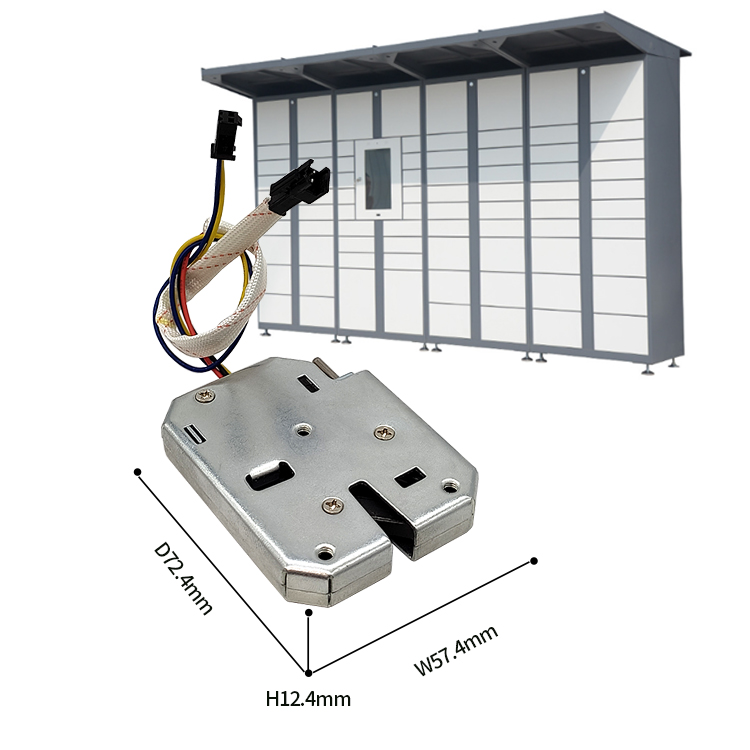Electric control locks have advantages such as easy operation, safety, and reliability. However, during the use of Electronic Locks, we need to pay attention to some precautions to ensure their normal operation and extend their service life. This article will provide a detailed introduction to the precautions for using electronic locks.

1. Installation precautions 1. Determine the installation position of the electronic control lock When installing the electric control lock, a suitable position should be selected to ensure that the lock body is not affected by external forces and is easy to maintain and operate. At the same time, it is necessary to avoid installation in damp, high temperature, or corrosive gas environments. 2. Ensure firm installation The installation of the electric control lock should be firm and stable, and there should be no shaking or tilting phenomenon. Appropriate fixing components such as screws, expansion screws, etc. can be used to enhance the stability of the lock body. 3. Wiring specifications When wiring, connections should be made in the specified color and sequence to ensure that the positive and negative poles are not reversed. At the same time, it is necessary to do a good job in fixing the wires to prevent loosening and detachment. 2. Precautions for use 1. Pay attention to protecting password security When using an electronic lock, attention should be paid to protecting password security and avoiding leakage to others. Do not enter passwords in public places, and do not record passwords in easily accessible places. 2. Regular cleaning and maintenance In order to maintain the appearance and performance of the electronic lock, it should be cleaned and maintained regularly. You can use appropriate cleaning and maintenance agents and follow the steps in the manual for operation. Be careful not to use excessively rough fabrics to wipe the surface of the lock body, as this may cause scratches or damage. 3. Prevent moisture and rust During use, the electronic control lock should be avoided from being exposed to a damp environment for a long time to prevent rusting or circuit failure. If water stains or moisture are found on the surface of the lock body, it should be promptly wiped clean and placed in a ventilated area to dry. At the same time, it is necessary to regularly inspect the appearance and internal structure of the electric control lock. If there is any rust or damage, it should be dealt with or replaced in a timely manner.
